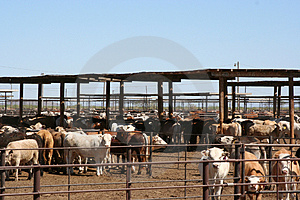Should all animals eat a high-fat, low-carb diet?
Part Three: Unnatural diet and disease
It seems pretty clear that all mammals — perhaps all animals as birds' and fishes' guts all have similar layouts, depending on their food supplies — are adapted to, and should eat, a high-fat, low-carb diet. And that includes us humans.
It is noticeable that the no animal in its natural habitat, eating its natural food, is overweight, diabetic or suffers any of the other 'diseases of civilisation' that plague us. The fact that the animals we keep as pets or use as food animals, which have their foods controlled by us, also suffer these diseases, adds to the weight of evidence that our idea of what constitutes a 'healthy diet' — low in fats and high in carbs, is completely wrong.
There is little sign of the chronic degenerative diseases in humans before the advent of agriculture about 10,000 years ago. It is no coincidence that all these diseases have increased dramatically still further since 'healthy eating' was introduced in the 1980s.
'Healthy eating' recommendations have become regarded and accepted by most as the correct lifestyle for a long and healthy life. But if they are, why are we less healthy now than we were a century ago? And why are we even less healthy now than we were when they were introduced just two decades ago? It is beginning to look as if these recommendations are not in the best interests of our health. They aim for a diet that is the exact opposite of what our natural diet should be.
Our poor pets!
And just look at our pets! Dogs and cats are carnivores, yet we feed them 'complete' diets of rice and vegetables — with a little bit of meat or fish if they're lucky.
And what happens? They get fat, diabetic, cancers, and all the other diseases that afflict us.
And for exactly the same reason we do!
Our food animals
This also applies to our food animals. Cattle are ruminants, designed to eat a very high fibre food like grass, and to utilise short chain fatty acids, not glucose. By feeding cattle in feedlots on grains, we have changed the dietary pattern in them as much as we have in ourselves. And with similar results. Our cattle are more prone to disease and more expensive to produce while they are alive; and their produce is more costly for us to buy, and less healthy at the same time for us to eat.
Who said we are an intelligent species?
Last updated 7 July 2009
Related Articles

 HOME
HOME




